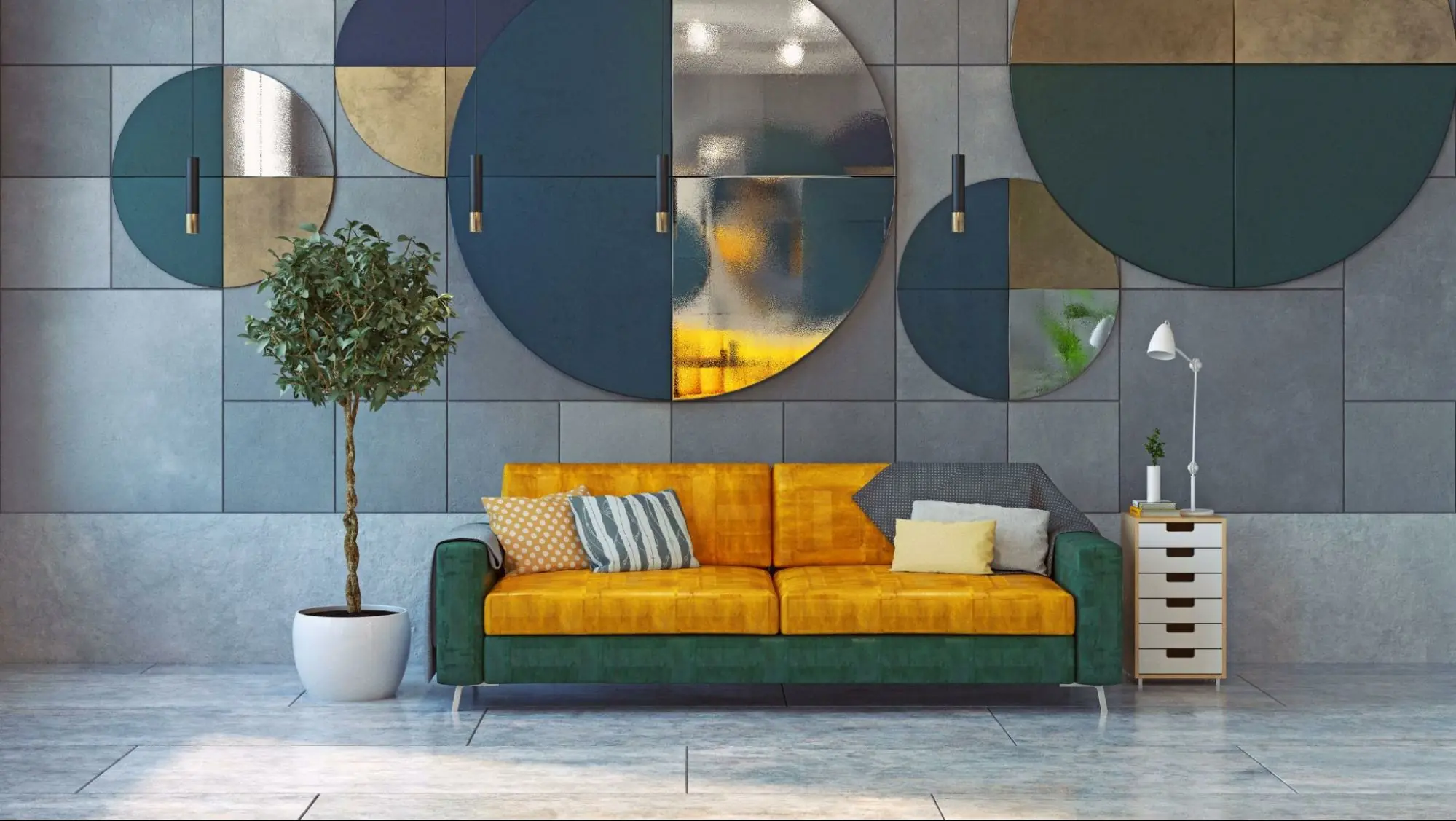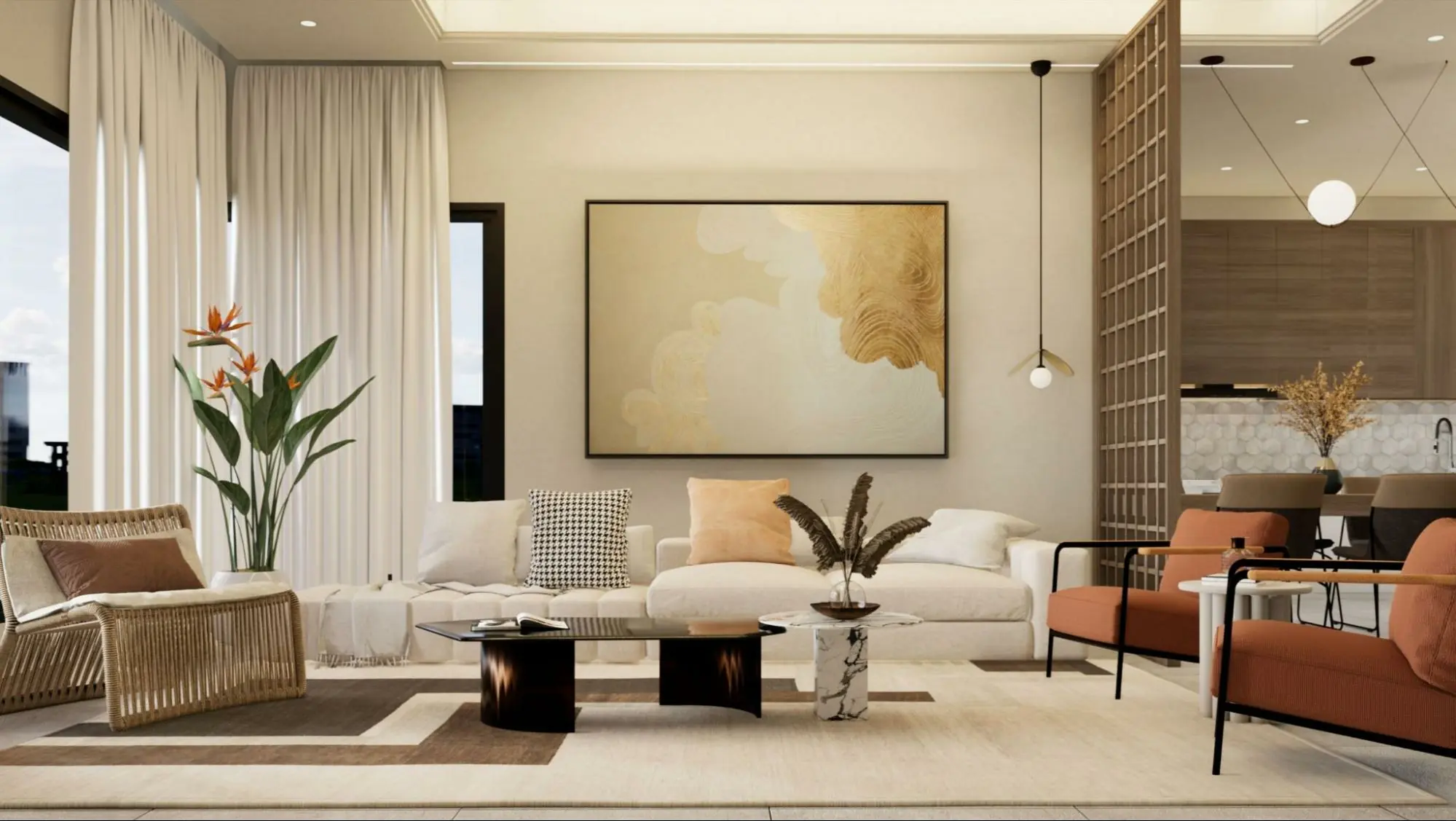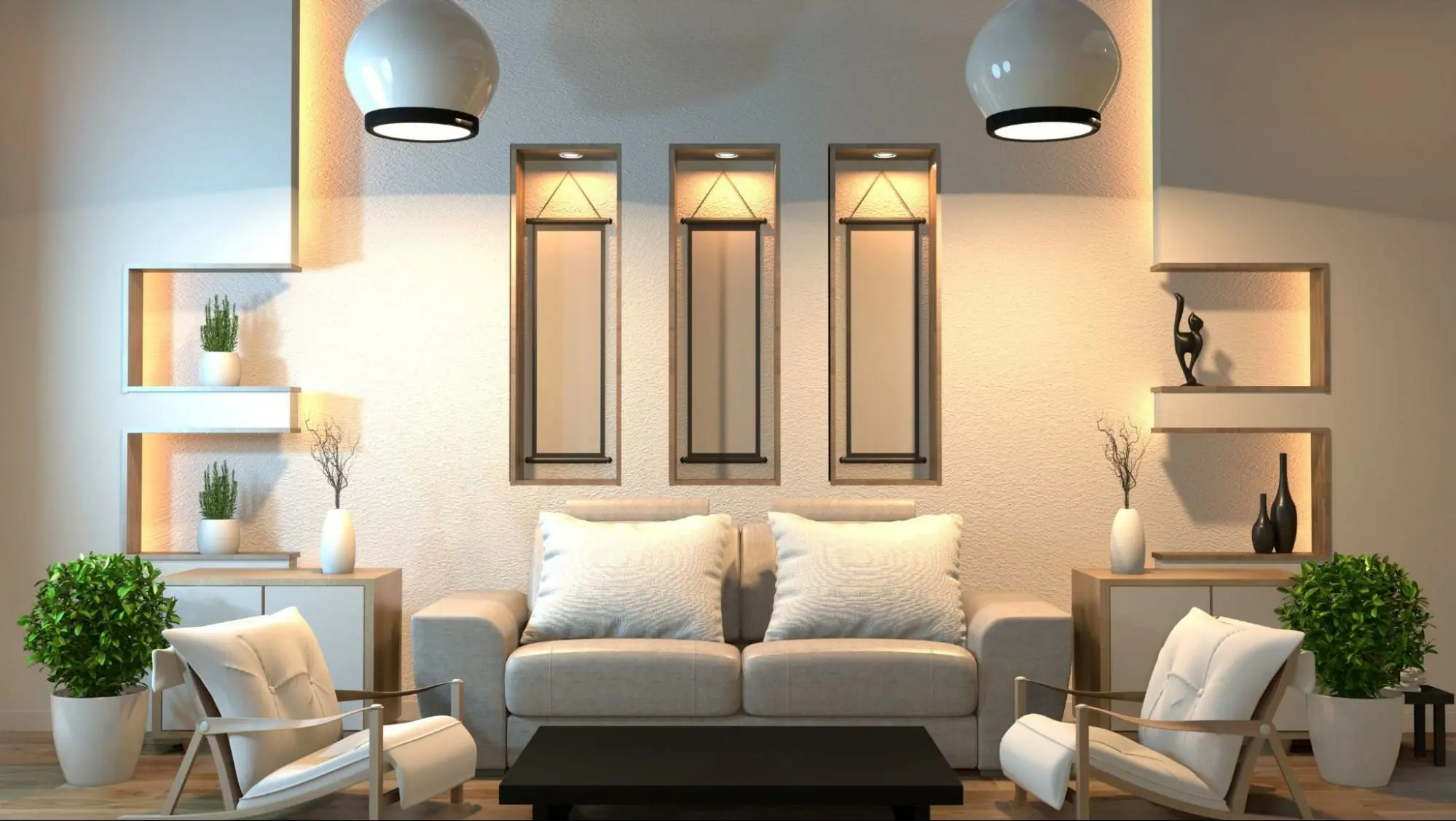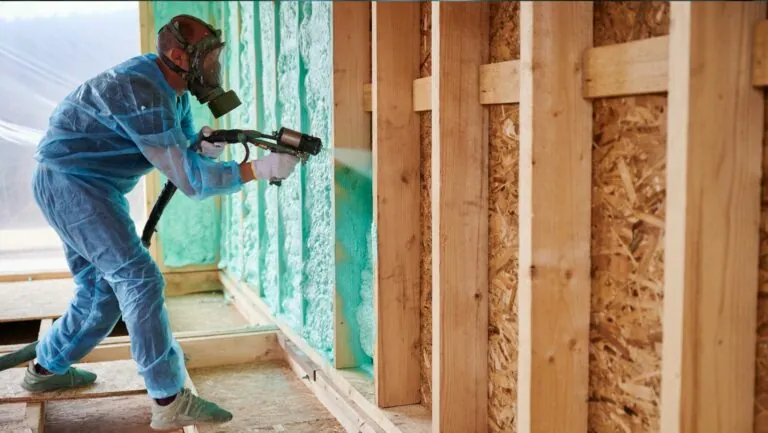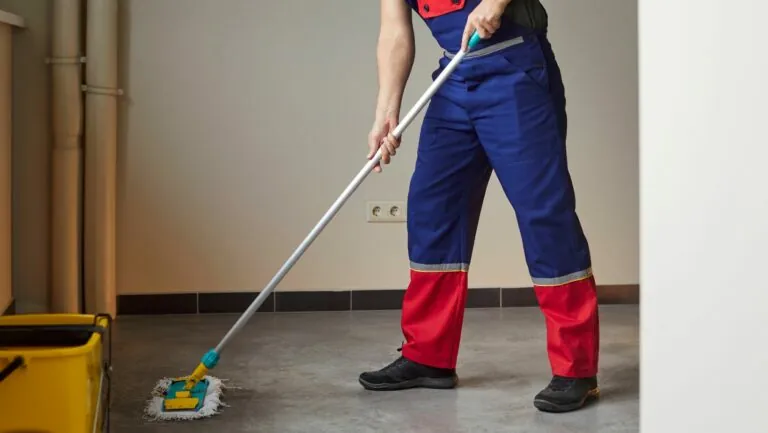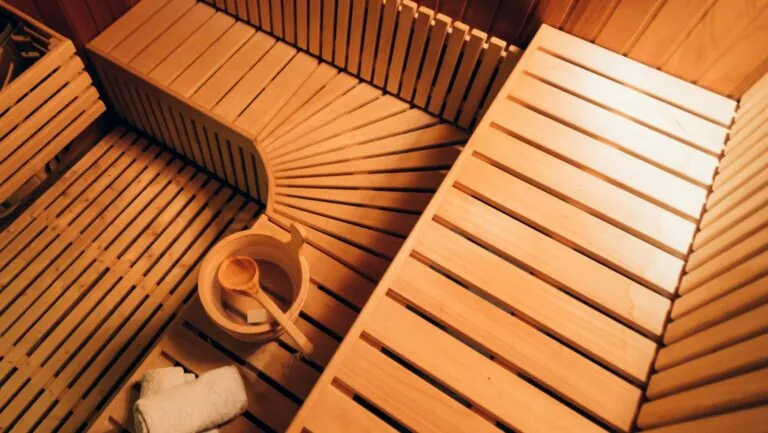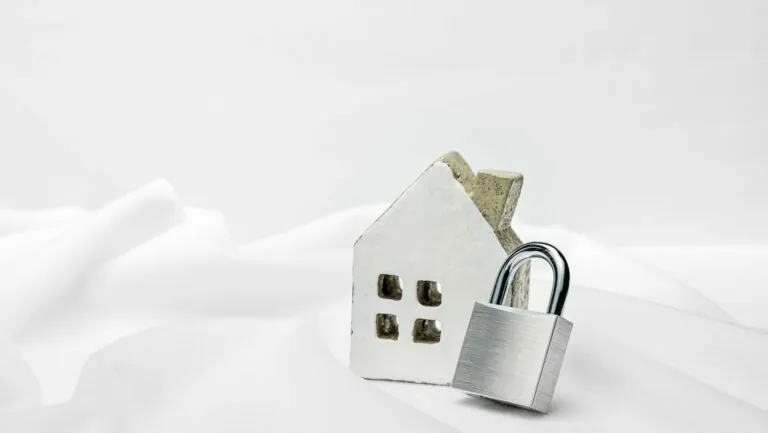In the world of interior design, vision is everything. Designers, clients, and contractors must all be on the same page to bring creative ideas to life, and this alignment starts with clear, vivid communication. Today, traditional mood boards and sketches are being replaced—or at least enhanced—by dynamic visual tools that convey not just ideas, but entire atmospheres. Videos have emerged as one of the most effective mediums for interior designers to articulate their vision, fine-tune planning, and ensure seamless execution.
From conceptualization to completion, videos offer a uniquely immersive experience, allowing stakeholders to see and feel a space before a single piece of furniture is moved. This powerful form of visualization has become a game changer for both individual designers and large design firms.
Table of Contents
ToggleBringing Concepts to Life
In the initial stages of any interior design project, the biggest challenge is translating abstract ideas into something tangible. Static images and blueprints, while useful, often fall short of capturing the full essence of a concept. Videos, on the other hand, can illustrate spatial relationships, lighting dynamics, and flow in ways that flat visuals cannot.
Imagine showing a client a 3D walkthrough of their future living room. The natural light shifts as the day progresses, the textures of fabrics and finishes are clearly visible, and the movement from one room to another feels intuitive. Such a presentation goes beyond what any mood board can achieve. This level of immersion fosters trust and excitement, making clients more confident in their decisions.
Planning with Greater Precision
Interior design projects often involve multiple teams—architects, engineers, suppliers, and installers—who must work in harmony. Miscommunication at any stage can lead to costly mistakes or project delays. Here, videos serve as a central, unifying tool.
By creating detailed visual walkthroughs and animated plans, designers can provide a clear reference that everyone can understand. These videos can outline everything from furniture placements and wall colors to lighting schemes and material choices. The clarity they offer not only eliminates guesswork but also streamlines collaboration, especially when working remotely or across time zones.
Moreover, using video tools allows designers to play with different scenarios and layouts before any real work begins. They can test how a particular design element fits within a space or how two contrasting styles merge. Adjustments can be made in the digital realm, saving time and resources later on.
Executing Ideas with Confidence
When it comes time to bring a design to life, video materials continue to play a vital role. Contractors and builders can use them as visual blueprints, helping them interpret the designer’s intent with greater accuracy. Rather than relying solely on floor plans or static images, a motion-based representation of the project can guide the hands-on team step by step.
This approach reduces room for error and minimizes the need for revisions during the execution phase. In addition, it supports better project management, especially in large or multi-site developments where maintaining design consistency is critical.
For clients, seeing progress through video updates can be equally beneficial. It keeps them informed, engaged, and reassured that the project is on track and aligned with their vision.
Enhancing Client Presentations
Client presentations are where many designers either win or lose a project. A compelling narrative, paired with an impactful visual demonstration, can make all the difference. Videos enable designers to tell a story—one that speaks directly to the client’s lifestyle, aspirations, and design sensibilities.
This is where platforms like invideo AI prove incredibly useful. Invideo AI offers a video presentation maker that allows designers to craft sleek, professional-grade videos with minimal effort. Whether it’s showcasing a portfolio, presenting a concept pitch, or providing a project update, these tools give designers the edge they need to stand out in a competitive market.
What sets such platforms apart is their ease of use and the ability to customize content with drag-and-drop functionality, stock footage, text overlays, and music. With just a few clicks, designers can produce stunning presentations that reflect their unique style and message.
Empowering Creativity with Technology
Beyond presentations, today’s designers are also exploring ai video apps to enhance their workflow. These apps use artificial intelligence to automate time-consuming tasks like video editing, scene transitions, and even script generation. For designers who are more focused on aesthetics than technology, these smart tools offer a fast-track way to turn their ideas into polished visual content.
For example, after a site visit, a designer might upload photos and voice notes into an AI app, which then generates a cohesive video summarizing the design vision. Some apps can even analyze space layouts and recommend the best angles, lighting, and color palettes for showcasing the interior. This not only speeds up the creative process but also ensures a consistent quality across all videos.
By integrating these tools into their daily routines, interior designers can spend more time refining their craft and less time managing tech-heavy tasks. The result is a smoother, more efficient creative process that benefits both the designer and the client.
A Versatile Asset in Marketing and Social Media
In addition to project planning, videos serve as powerful marketing assets. Designers can use them to showcase completed projects, behind-the-scenes workflows, and design tips on social media and their websites. This not only builds brand authority but also attracts potential clients by demonstrating real-world success.
Short, engaging clips can highlight transformations, spotlight materials, or reveal clever design hacks. With the right music and editing, even a simple before-and-after sequence can go viral. The reach and impact of video content far exceed that of static posts, making it a must-have in any designer’s marketing toolkit.
Final Thoughts
In the evolving world of interior design, where visualization and communication are more important than ever, video tools have become indispensable. They bridge the gap between imagination and reality, enabling designers to present, plan, and execute projects with unmatched clarity and confidence.
By incorporating dynamic video content into every stage of the design process, professionals not only elevate their creative storytelling but also enhance collaboration, reduce errors, and leave a lasting impression on clients. Whether it’s through presentation platforms or AI-powered apps, the future of interior design is undeniably more visual—and more powerful—than ever before.

